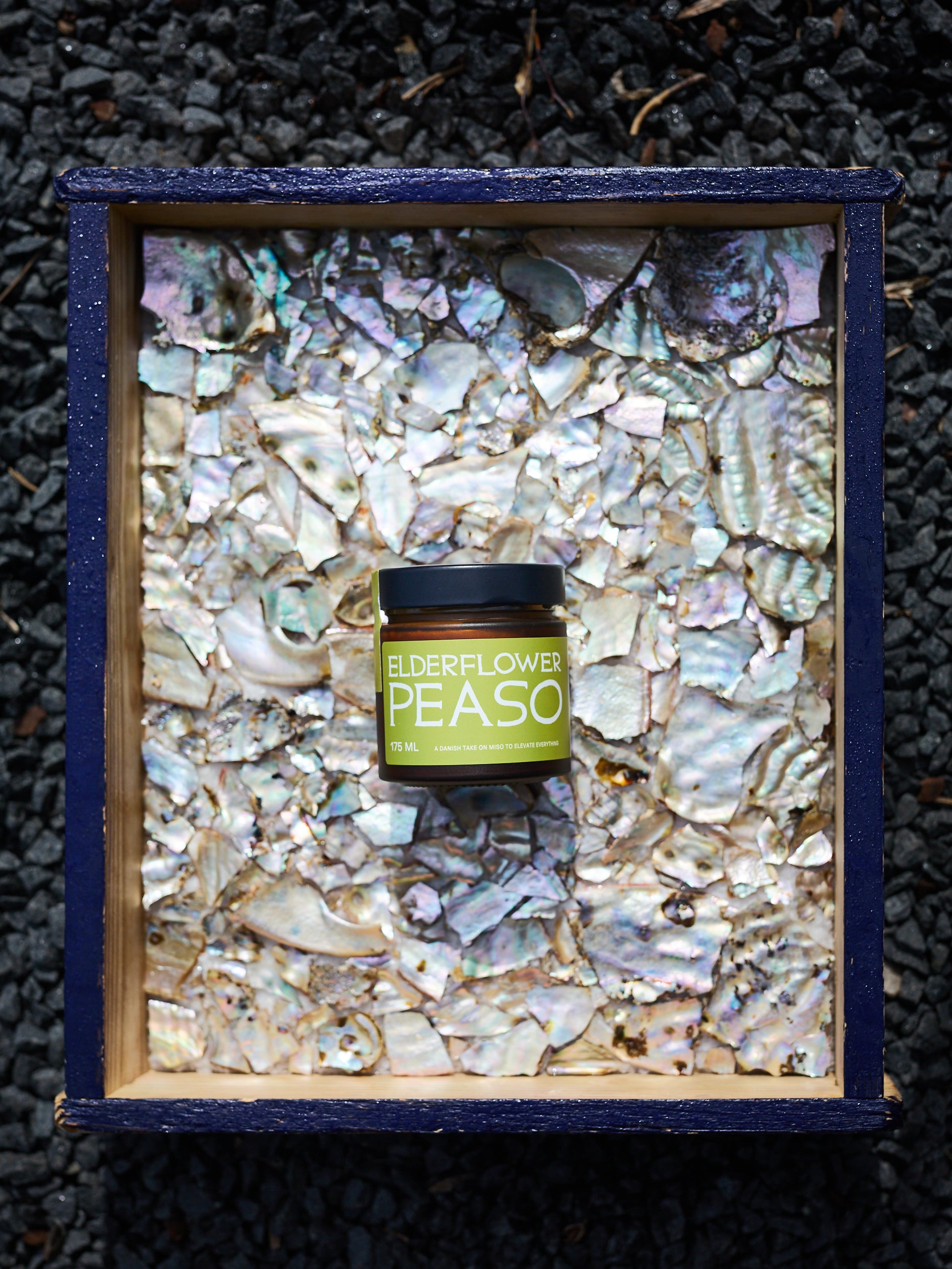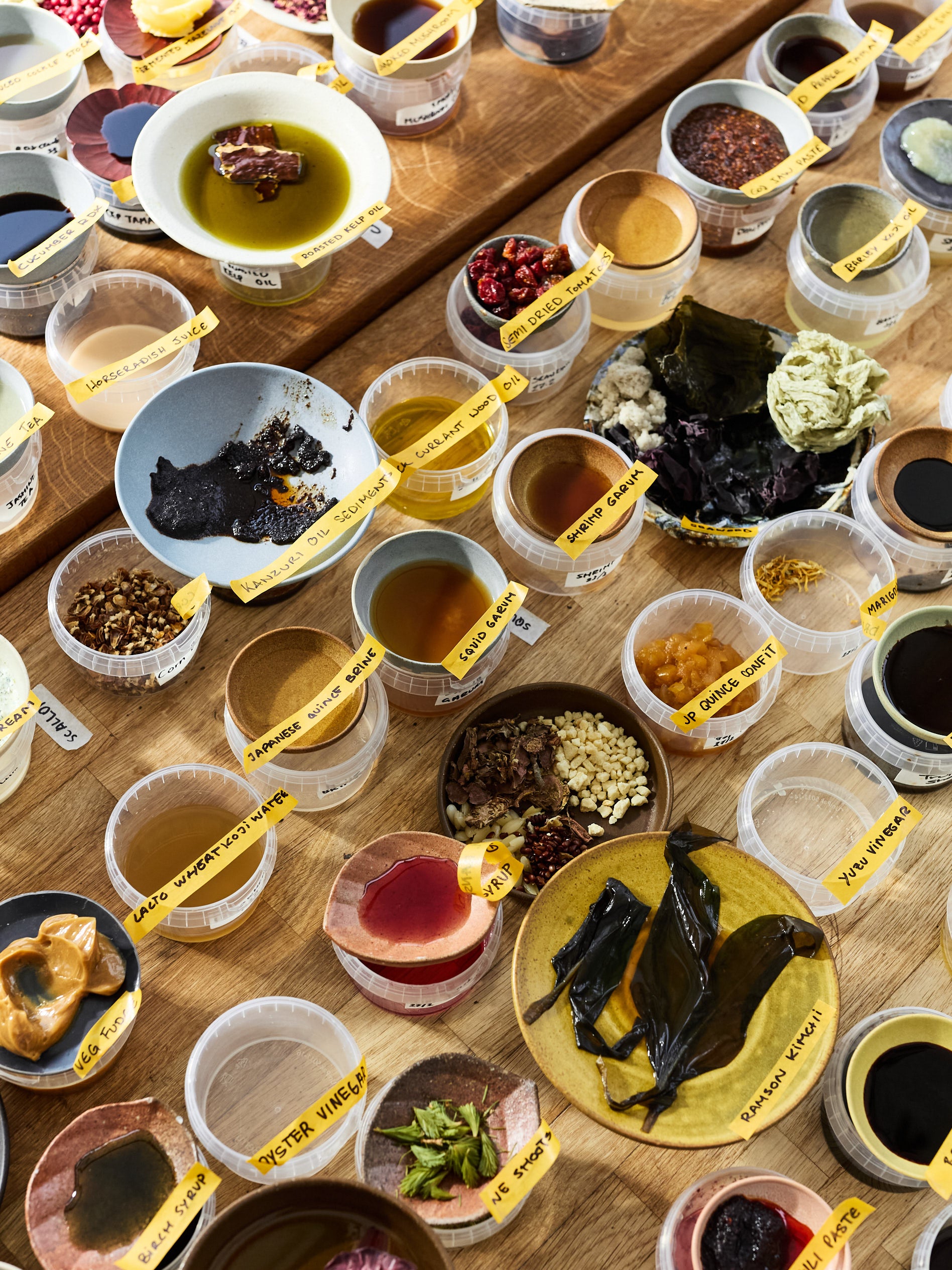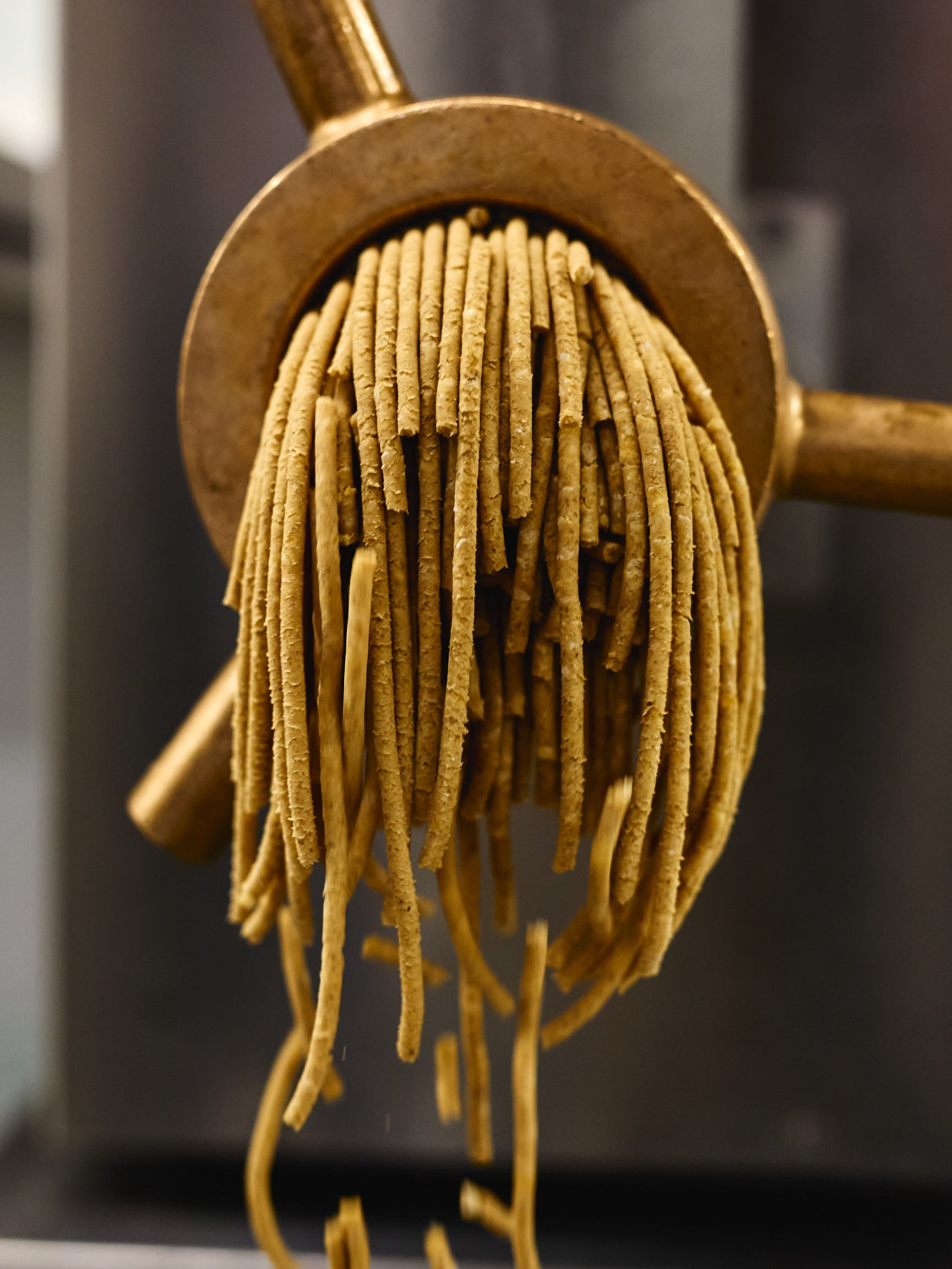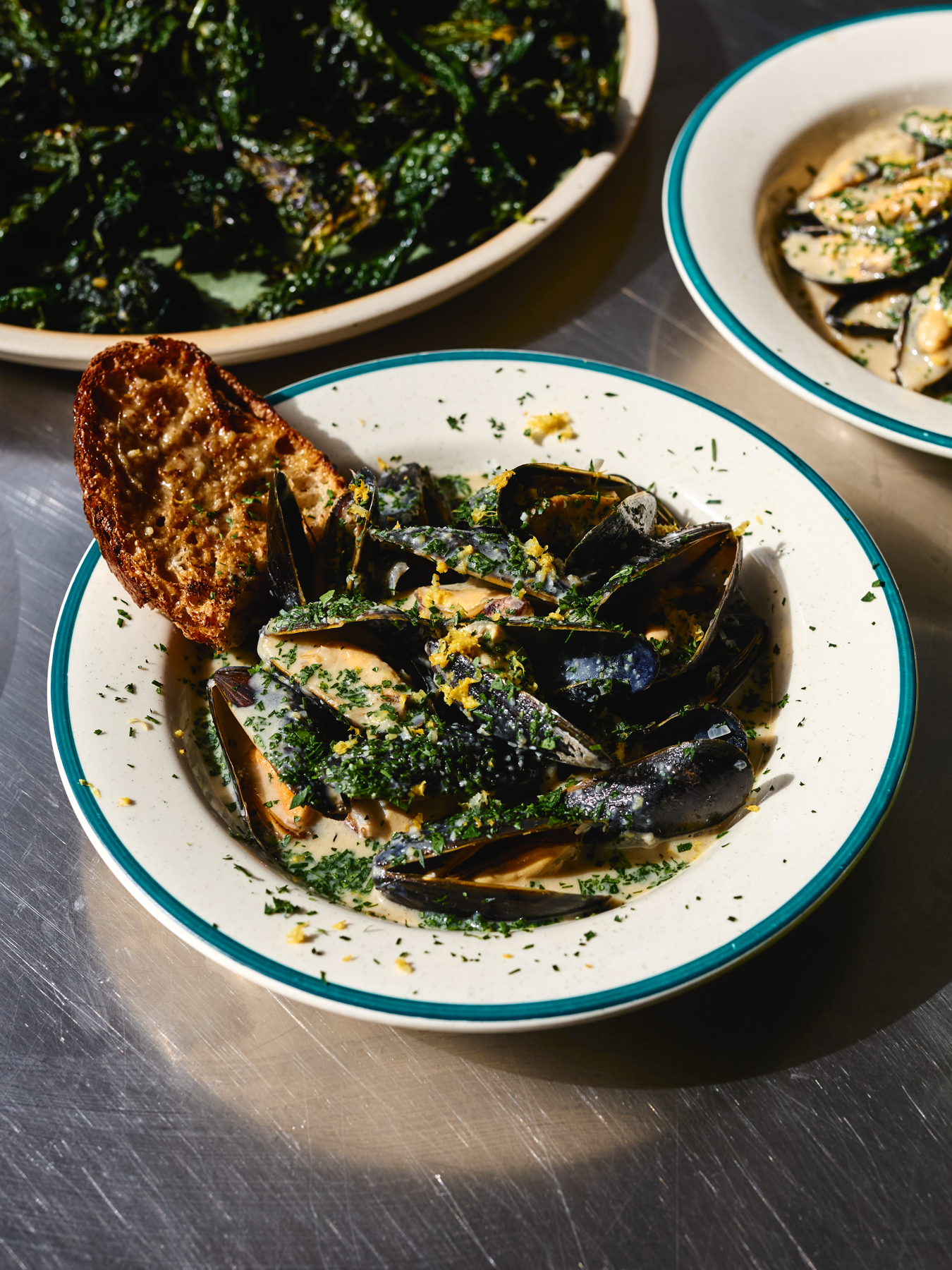About Elderflower Peaso




You’re attempting to view exclusive content only for members in the __tier_name__.
Already have an account? Sign in
You’re attempting to view exclusive content only for members in the __tier_name__.
Hang tight. We’re fetching the other plans.
Already have an account? Sign in
You’re attempting to view exclusive content only for members in the __tier_name__.
Already have an account? Sign in
You’re attempting to view exclusive content only for members in the __tier_name__.
Hang tight. We’re fetching the other plans.
Already have an account? Sign in
Enjoy free shipping on orders over 640 DKK / $100 USD
Enjoy free shipping on orders over 640 DKK / $100 USD
Enjoy free shipping on orders over 640 DKK / $100 USD
Enjoy free shipping on orders over 640 DKK / $100 USD
Enjoy free shipping on orders over 640 DKK / $100 USD
Enjoy free shipping on orders over 640 DKK / $100 USD
Enjoy free shipping on orders over 640 DKK / $100 USD
Enjoy free shipping on orders over 640 DKK / $100 USD
Enjoy free shipping on orders over 640 DKK / $100 USD
Enjoy free shipping on orders over 640 DKK / $100 USD
Congrats! You unlocked free shipping.
Cart updated ()

How it tastes:
Elderflower Peaso is floral, fruity, and slightly acidic. It’s also not as sweet as traditional misos, and nowhere near as salty (5% compared to 12% - 18%).
How we use it:
At the moment, there isn’t a more frequently used ferment at noma then Elderflower Peaso. In the past, we’ve found all kinds of success diluting it with liquid, such as a stock, and using that as a marinade or dressing. These days, we’ve been taking advantage of Elderflower Peaso’s strengths to cure for all kinds of seafood.

Elderflower Peaso is an ingredient that tells the story of how noma went about developing a toolkit of flavors that finally felt like our own. Fifteen years ago, we started spending more time in Japan, where we were astonished by the breadth of pantry staples that were the product of fermentation. It seemed to us that you could make dozens if not hundreds of different misos, for example, with just a basic understanding of how to harness the slightest of variations. Or even without trying: no two batches are ever really the same.
Back in Copenhagen, after a failed attempt at making tofu with yellow peas instead of dried soybeans, we gave miso-making a shot for the first time ever. This peaso was totally indebted to Japan, but its production relied completely on the ingredients, elements, and microbes of our region. That wouldn’t have been enough had it not tasted unmistakably Danish. Thankfully, it did.
One day, in an effort to explore miso’s reputation for giving scraps a second life, we took the pulp that remains after pressing an oil made of beach roses and decided to try something: We added the pulp to a batch of peaso—five percent of the total weight, to be exact—along with a bit of salt. It was a happy outcome. Soon enough, we had dozens of flavored misos at our disposal, from cherry blossom and hibiscus to plum kernel and yuzu rind.
Of all the peasos, however, there might not be a more Danish one than Elderflower Peaso, which is based on an ingredient that’s found in this country’s syrups, liquors, foods, and even myths.

The process starts in July, when elderflower is in full bloom and the bright white color of the most radiant buds hits you the second you start foraging through the countryside. We handpick as many of them as possible. It’s a great deal of work, delicately picking all off the flowers from the branch, but preserving the flavor of summer is worth it.
Back at the restaurant, pickled elderflower in hand, we make the elderflower oil and take the pulp that we’d usually discard and combine with cooked split peas, rice koji, and salt. Aged for three months, the peaso expresses the elderflower’s delicate floral quality.

After getting acquainted with the ingredient, the possibilities are pretty much endless, but here are some ideas. We recommend using Elderflower Peaso...
As a spread or dip: slather some butter and Elderflower Peaso on a piece of toast and top with fresh peas, or mix with cream cheese and spread that on some bread. Wherever you would usually reach for the jam jar, see if Elderflower Peaso might be even better. Preparing a spread for a gathering? Combine creme fraiche and Elderflower Peaso and give your guests a crudité dip they’ve never had before.
In soups: If you’re in the habit of eating soup for lunch, add a spoonful to a humble vegetable broth and watch it become a complex, fragrant miso soup. The same spoonful will make for an incredible chicken soup, as well.
To make pesto: a Nordic pesto we threw together, featuring salted capers and many chopped herbs, was all the better thanks to the inclusion of Elderflower Peaso.
To make butter: whisk Elderflower Peaso into tempered butter and keep it in the fridge, so you can use it to glaze and deglaze when you roast a piece of fish in a pan. Or, simply melt a little knob on that piece of fish once it has finished cooking. Or use that butter and add it to cooked ingredients, such as vegetables, and mix before serving.
For marinating and curing: rub Elderflower Peaso on vegetables and wait an hour before roasting them to experience a caramelized depth of flavor that requires almost no effort on your part to achieve. If you’re planning on barbecuing some fish, brush it with Elderflower Peaso, let it cure for an hour, brush the Peaso off, and then grill gently to infuse the flavors and caramelize the protein.
On top of dessert: a spoonful of Elderflower Peaso on top of a scoop of chocolate ice cream will surprise you—savory, interesting, and the opposite of plain old ice cream.
Site Credits
Design: Oyster Sunday
Development: Present Studio
Error